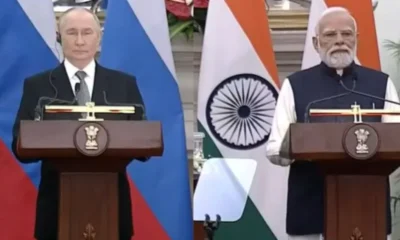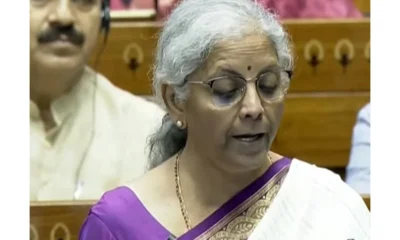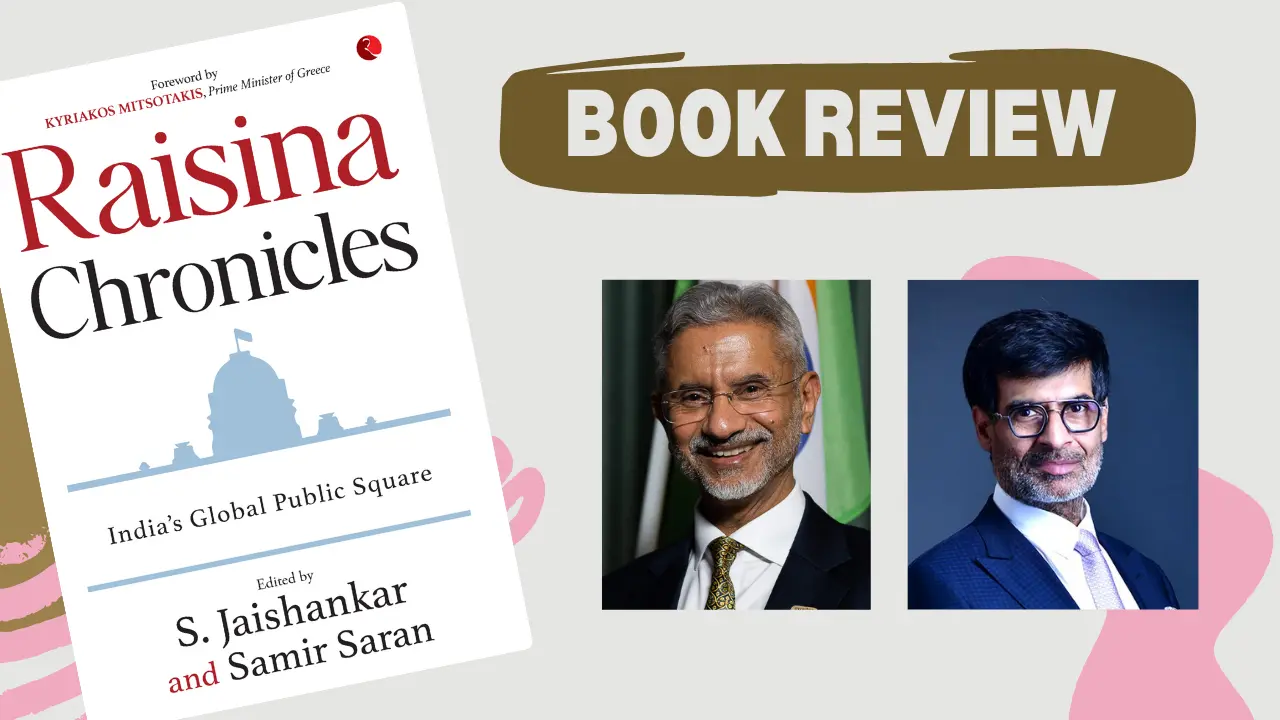~By Saeed Naqvi
Nandita Das’ film on the subcontinent’s greatest short story writer, Saadat Hasan Manto, brought alive memories of days when it was fashionable to be on the left. That is where all the progressive writers were – Ali Sardar Jafri, Kaifi Azmi, Ismat Chugtai, Sahir Ludhianvi, Krishen Chander, Rajinder Singh Bedi, Majrooh Sultanpuri, the lot. The Pied Piper who lured them to Bombay (Mumbai) was the innovative Secretary General of the CPI, P.C. Joshi. As part of the trend, actors like Balraj Sahni gave a boost to the Indian Peoples’ Theatre. Socialism even in Raj Kapoor films was influenced by the ambience that this lot had generated. They determined the character of Bollywood by their lyrics, dialogue and sheer presence. Subsequently, the influence disappeared, but not totally. Witness Nandita Das.
At one level, Manto’s uncompromising realism sustains the tension throughout the film because it clashes with the dogmatic idealism of his colleagues. Das assembles many of them and their friends in cinema, Ashok Kumar, Shyam (Chaddha) in the first Independence Day party where the legendary Jaddan Bai regales the gathering. The teenage girl behind her mother Jaddan Bai is unmistakably Nargis. It is superb casting. The way Manto protects Ashok Kumar through a mob of Muslim rioters is unbelievably realistic. His parting with his closest friend the handsome actor Shyam because of Partition is rich in poignancy.
The Partition of India is replete with many tragic ironies but tragedies pale before the incident that Manto picks on as a metaphor for the mayhem: Toba Tek Singh.

When the newly formed governments of the two countries complete the identification of Hindus and Sikhs in Pakistan’s mental asylum and Muslims left in such institutions in India, the governments decided to transfer them to the countries they were now deemed to be citizens of.
When Bishan Singh, a Sikh in a Pakistan asylum is being transferred to India under police escort he learns that his hometown, Toba Tek Singh has been left in Pakistan. Bishan Singh begins to walk in the opposite direction. The last scene shows him lying in no-man’s land. Let Manto end the story in his own words: “There, behind the barbed wire, on one side, lay India and behind more barbed wire, on the other side, lay Pakistan. In between on a bit of earth, which had no name, lay Toba Tek Singh. This is just one of the Manto stories Nandita Das weaves effortlessly into her film.
“Thanda Gosht” or “Cold Meat”, a controversial masterpiece, becomes one of the film’s supporting columns. It provides occasion for a court drama where Manto defends himself against charges of obscenity. Faiz Ahmad Faiz as a witness in the case exposes the earliest fissures in the Progressive Writers Movement. In his testimony, Faiz describes “Thanda Gosht” as not the “highest form of literature” but clearly not obscene either.
The backdrop, once again, are the riots following Partition, the cataclysm Manto could never wrench himself away from. A well built Sikh, Ishwar Singh, has returned after joining the looters. In fact he has even murdered five men with his kirpan (sword). But when he is unable to make love to the passionate Kalwant Kaur, she, in a moment of suspicion and jealousy, slits his throat with the very same kripan, demanding that he tell her who he has slept with.
The story’s final climax is – it has many – when a dying Ishwar Singh confesses: yes, he lifted a “very beautiful girl” from a house, but when he laid her down, he realized to his horror………………….she was dead, “Thanda Gosht”.
An effort to critique Nandita Das’s film has involuntarily, meandered past the brilliant short stories which many readers must already be familiar with. There is a simple reason for my diversion. The succinct, vivid, picturization of so many of the stories have made them more intimately accessible. Those who have read Manto will be enriched. The selection of stories is uncanny. When a doctor asks his helper to “open” (kholdo), the window to allow some light, Sakina (recovered from a riot affected area) gropes for the string of her shalwar in a daze and loosens it. She has developed a pavlovian response to the sound “Kholdo”, so repeatedly has she been raped in captivity. There is a disturbing, Mantovian irony attending the end. On this occasion the instruction “kholdo” is for the window to be opened so that Sakina’s distraught father, who has spent days searching for her, can see her face. I can go on and on.
The extraordinary directorial success lies in what Nandita Das has avoided. Despite the world’s finest short stories at her disposal, she has refrained from creating a catalogue of Manto masterpieces, however seductive the idea may have been. The stories are in the service of the director’s primary purpose: to bring out the multilayered life of a genius, struggling to keep the wolf from door, a difficult proposition when tight fisted publishers buy a short story only for rupees 20 against Manto’s demand for rupees 50. He accepts the humiliation because he is in desperate need for money for his child’s medical treatment.
To be proud, sensitive and constantly in need is a lethal combination. Initially, when Manto copes with the humiliation, he reminds me of Majaz Lucknowi.
“Banyeen sael e gham o sael e hawadis
Mera sar hai ki ab bhi khum naheen hai.”
(A gathering storm of tragedy and pain approaches
But I have not bowed my head – the struggle continues)
Eventually, on a cold December night, Majaz was found in a coma on the terrace of a Lucknow country liquor shop. He died the next morning in Balrampur hospital, surrounded by comrades who happened to be in Lucknow for a Conference of Progressive Writers – Ismat Chugtai, Sardar Jafri, Sahir Ludhianvi. Manto also dies of alcoholism but his is a slow end, by attrition. Both died in their 40’s.
The film’s other attraction is the portrayal of an era along a distinct track – post Partition, mayhem, breakdown of friendships, relationships, Manto’s parting from Bombay deliberately preserving a one rupee debt to a cigarette seller as a “precious” link with the city he loved.


 Entertainment9 hours ago
Entertainment9 hours ago
 India News14 hours ago
India News14 hours ago
 India News9 hours ago
India News9 hours ago
 India News14 hours ago
India News14 hours ago
 Latest world news14 hours ago
Latest world news14 hours ago
 India News3 hours ago
India News3 hours ago
 India News4 hours ago
India News4 hours ago
 India News3 hours ago
India News3 hours ago









